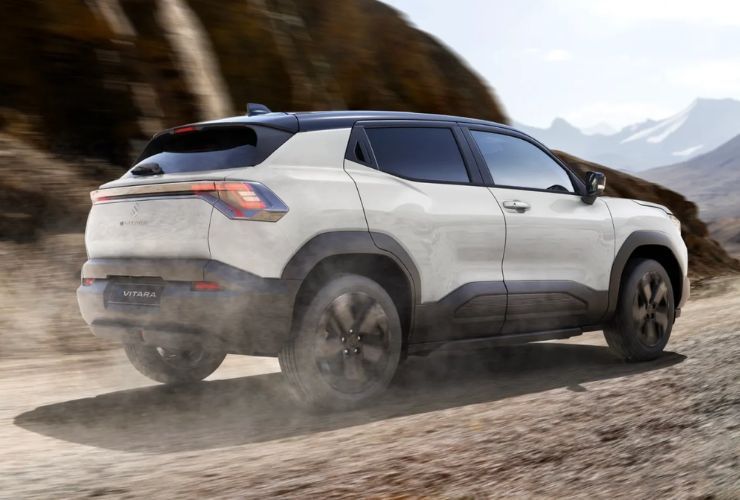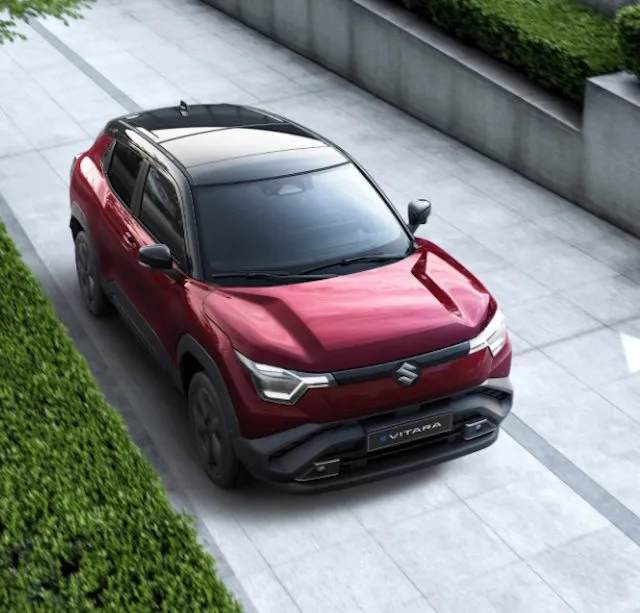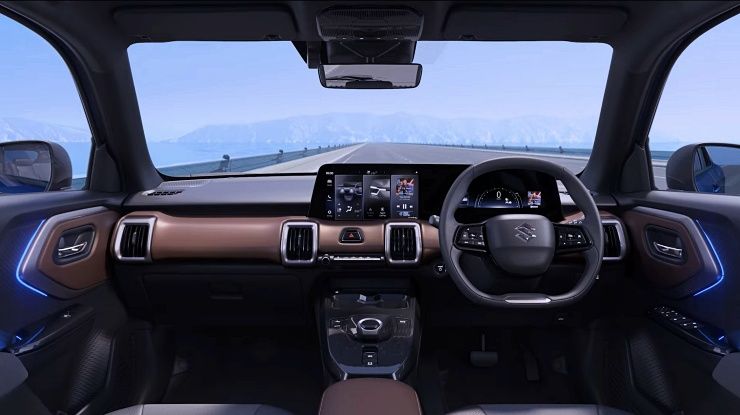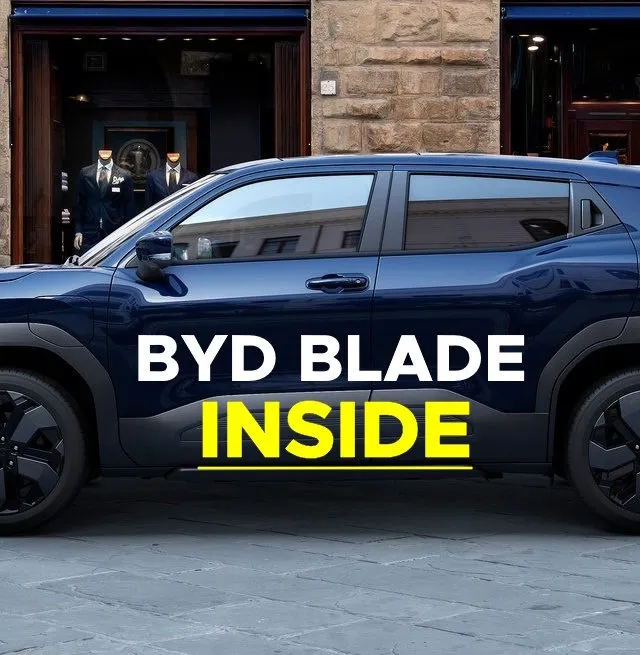Maruti Suzuki e-Vitara: What The India-Spec Electric SUV Will Offer


Maruti Suzuki’s first all-electric SUV is inching closer to reality, and fresh performance-related leaks are giving us a clearer picture of what the e-Vitara might bring to the table. Set to be manufactured in India for both domestic and global markets, this model is more than just Maruti’s EV debut: it could shape how the brand positions itself in the zero-emissions future. And with the latest numbers now surfacing, it’s clear that this is not a basic compliance product. The question is, has Maruti done enough to stand out in a crowd that’s getting more competitive by the day?

The e-Vitara will likely come with two battery configurations: a 49 kilowatt-hour pack and a larger 61 kilowatt-hour version. Both use lithium-ferro-phosphate chemistry, known for durability and safety.
The smaller battery is said to deliver 142 brake horsepower and 192.5 Nm of torque, managing a 0–100 km/h sprint in 9.6 seconds. The larger pack bumps power to 172 bhp and drops the sprint time to 8.7 seconds, not far off from mid-range turbo-petrol SUVs on sale today. Top speed is expected to be limited to 150 km/h, which is more than sufficient for highway cruising.

Range figures, at least on paper, are promising. The 49 kWh version is expected to cover up to 346 kilometres on the WLTP cycle, while the 61 kWh pack may stretch that to 428 kilometres. Real-world numbers will likely be lower, but for most city and intercity driving use cases, this could be enough to keep range anxiety at bay, especially if Maruti follows through on plans to set up more chargers at its showrooms.
What’s missing for now is an all-wheel-drive variant. There’s no confirmation of a dual-motor setup, which could disappoint those hoping for an electric SUV with a go-anywhere appeal. For now, Maruti appears to be prioritising efficiency and cost-effectiveness over all-out performance.

At first glance, the e-Vitara’s design feels boxy and unapologetically upright. The long 2,700 mm wheelbase helps maximise interior room, but the front fascia appears a touch narrow, which might affect its presence next to rivals like the Hyundai Creta.
Side and rear styling details reveal some interesting quirks including an unusually large gap between the rear windscreen and taillights. That could divide opinions, but it does lend a distinct identity.
Maruti seems to have baked in a few functional touches as well. There’s a full-size spare alloy wheel, a flat boot floor with a low loading lip, and rear seats that split in a 40:20:40 configuration which is handy for both people and cargo. However, the fixed glass roof only gets a manual sunshade, and some interior plastics feel downmarket when compared to more premium competition.

Maruti has made a noticeable effort to modernise the interior. A floating twin-screen setup – one for infotainment, the other for instrumentation – anchors the dashboard, complemented by ambient lighting and a new two-spoke steering wheel. Tan-brown leatherette trim and metallic accents give it a more grown-up feel, even though some areas still carry the hard plastic legacy of Maruti’s more affordable cars.
Driver comfort seems to be a focus, with ventilated seats and a 10-way electrically adjustable seat on offer. Rear passengers, however, might not feel as pampered. The battery’s placement raises the floor height, leading to a knees-up seating position and limited under-thigh support. At 265 litres, boot space is also on the tighter side, which could be a compromise for the battery packaging underneath.

Expect the e-Vitara to debut the latest generation of Maruti’s SmartPlay Pro+ infotainment system, with wireless Android Auto, Apple CarPlay, and a 360-degree camera. A 10-speaker Infinity audio system and wireless phone charging pad add a layer of tech polish.
Advanced safety features are also likely, with adaptive cruise control, lane-keeping assist, and other driver aids expected on higher trims. Maruti is building the e-Vitara on its new ‘eBorn’ platform, which uses high-tensile steel and includes engineering tweaks to safeguard the battery in case of a crash. Early crash footage indicates solid structural integrity, although a formal rating is still awaited.
The e-Vitara was initially expected to arrive by May 2025, but a revised timeline points to a September launch. Pricing is expected to fall between ₹17 lakh and ₹22.5 lakh, placing it squarely in the crosshairs of upcoming electric SUVs like the Tata Curvv EV and Hyundai Creta EV. If these numbers hold true, Maruti could finally have a serious player in the premium EV space.
It’s plausible that Maruti is intentionally avoiding a price war and instead banking on brand familiarity, dealership reach, and after-sales confidence to woo first-time EV buyers. Its network of Nexa outlets doubling as charging stations may partially address range concerns, though it’s unclear whether any high-speed charging collaborations are in place.
The e-Vitara doesn’t try to be a segment disruptor with radical tech or futuristic styling. Instead, it plays to Maruti’s strengths:
offering a sensible, well-rounded package with enough novelty to appeal to both urban families and tech-conscious early adopters. Yes, there are trade-offs, especially at the back seat and in some interior trims. But as a first attempt, this is more than just a toe in the water.
If Maruti gets the pricing right and ensures enough availability, the e-Vitara might just hit the sweet spot between familiarity and future-readiness. The electric SUV race is heating up, and with every new detail that surfaces, it’s clear that Maruti doesn’t want to be left behind.